An incorrect lighting plan can ruin your space. It doesn’t matter if you have the best materials, found the perfect colors and beautiful textures. If they are not illuminated correctly, it’s not worth the investment. In this blog, you will learn how to Choose perfect lighting for your home and distribute it correctly in space. We will cover different types of lamps and learn how to combine them in a perfect way and at the end of this blog, we will give you some tips and tricks about lighting.
Let’s start by knowing the different types of lamps that exist according to their function.
Different Types of Lamps
Lamps are divided into two large groups Decorative lamps and Architectural lamps.
1. Decorative Lamps | Choose perfect lighting for Home
Decorative lamps dues that apart from offering us a luminous effect contribute to the aesthetics of the space. These lamps come in different shapes and styles such as pendant lamps, wall sconces floor, or table lamps. Apart from illuminating a certain area, its objective is to beautify the space. Apart from providing light decorative lamps are also crucial elements in the composition size statics. To choose them we need to consider two fundamental aspects.
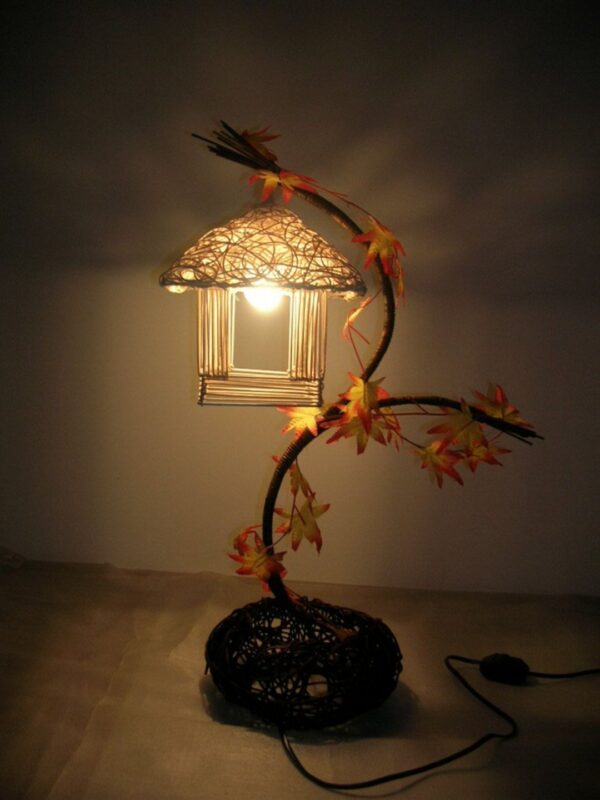
The first one is light projection and the second one is highly aesthetic. Let’s try to understand them one by one.
1. Light Projection
The decorative lamps that have a screen, protect the light softly and uniformly. This type of decorative lamp contributes to the general lighting of the environment. Ceiling lamps, table lamps, wild sconces, or floor lamps with a screen are ideal for creating a cozy atmosphere because the light and shadows that are project are soft. They are ideal for bedrooms, living rooms, and family rooms.
Decorative lamps that have focused light are used to illuminate surfaces where specific tasks are performed such as reading, studying, drawing, eating, or cooking. Apart from being very functional by offering adequate lighting for tasks. These lamps are also a fundamental part of the space decoration.
So, decorative lamps can generate different lighting effects you can realize that a decorative lamp can work better in space than others. The best choice would depend on the activity you will carry out in a specific area, so this is the first aspect while selecting decorative lamps. `
2. Aesthetic
While selecting decorative lamps determine what style characterizes the space and select a lamp that corresponds and suits your design. For example, if your interior design style is a minimalist pot for a lamp with simple lines and shapes. If you are one of those who like to mix styles you can choose lamps that contrast with your decoration to make it the focal point of the space.
How to combine Decorative lamps?
Usually, a space has different decorative lamps to combine them you must make sure that there is a connection between them. They need a common thread to warranty that the space composition feels cohesive. You can achieve this by choosing lamps with similar shapes made with different materials or colors. You can also combine lamps with totally different shapes but with the same material or color.
2. Architectural Lamps | Choose perfect lighting for home
These are the ones that are part of the geometry of architecture. They are discrete lamps used in all interior spaces regardless of their style. Its objective is practical and functional to illuminate the space These lamps are recessed lamps, ceiling-mounted lamps, led strips, spotlights, and track lamps. Its main objective is to correctly illuminate the space and accentuate decorative elements, architectural factors, or materials.
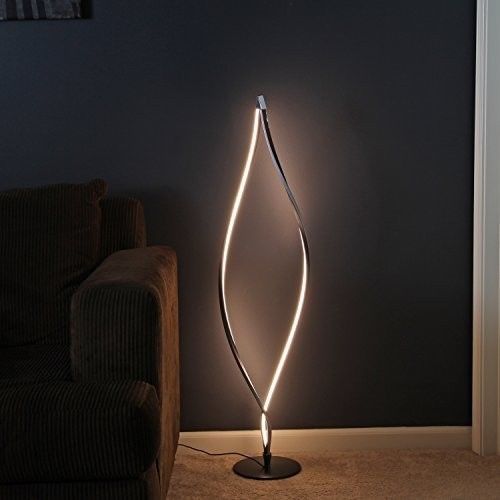
Let’s talk about, what to use and how to use each one of them.
Precise Lamps
These lamps are very typical for the general lighting of the space. You need to have a false ceiling to install them. Since they need space for its installation system. This can be used in any area for both residential and commercial use. They are fully functional and very discrete lamps that don’t alter the room’s aesthetics. Every angle of light can vary if the beam angle of the lamps is wide. They are ideal for any space with ambient lighting from living rooms, bedrooms, dining rooms, kitchen to corridors. If the beam angle is narrow, the correct use of these is to accentuate specific areas. Decorative or architectural detail but not to be distributed throughout the space to achieve general lighting.
Ceiling Mountain Lamps | Choose lighting for home
These lamps have practically the same characteristics as the recessed ones. Still, they are used in a space where there is no false ceiling. Its main objective is the space’s general lighting. On the other hand, the spotlights aim to highlight specific interior design elements such as paintings, sculptures, decorative items, wall textures, and so on. The spotlight must have a narrow beam angle that focuses on the specific point you want. It can be adjusted to focus in the required direction.
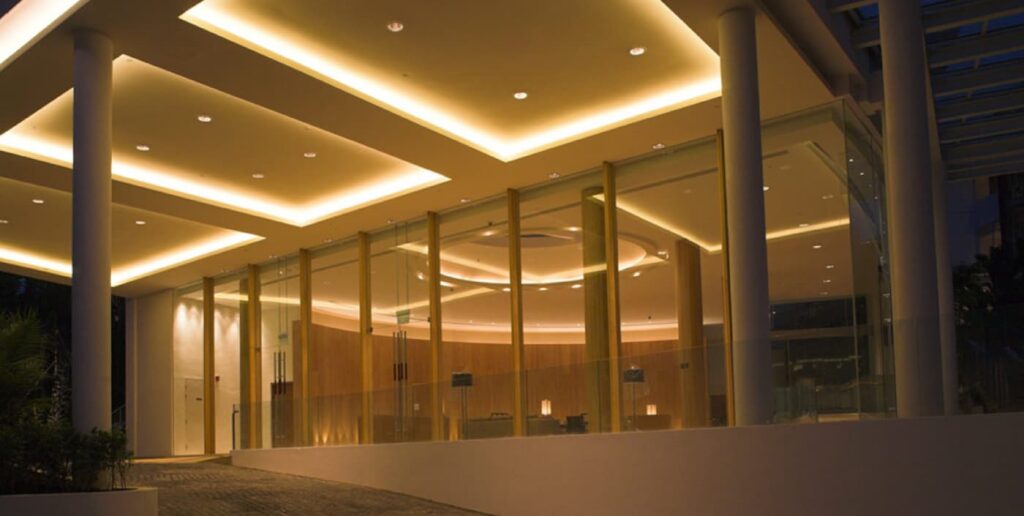
LED Strips
They are one of the favorites in contemporary lighting design due to the versatility. The led strip can be defined volumes light up, furniture, or functional areas like under kitchen cabinets. It provides a soft and diffused light suitable for your space ambiance and general lighting.
Track Lamps
These are the saviors of spaces that don’t have a false ceiling and have only one light outlet usually in the middle of the room. You can linearly distribute the lamps throughout the rails to illuminate spaces evenly without remodeling your electrical system. For example, if your kitchen is dark and you only have one light outlet in the center of the ceiling this system is very convenient because you can use that single outlet to distribute various light points on the track. This way you will obtain more homogeneous lighting with a more contemporary appearance. In some cases, this type of lamp can be considered as a decorative lamp since industrial, contemporary, or minimalist styles have adopted it as a part of their aesthetic language.
Tips & Tricks to Design a Lighting Plan
Tip 1 – Use multiple lamps
One lighting source is not enough for space because it doesn’t help create contrast, depth, or define shapes and make the colors pop. In any space, you must plan different lighting layers for optimal results. Consider having ambient lighting for overall location throw table wall and floor lamps, hanging, and ceiling lamps. Add axon lights to highlight a specific object or area and draw attention to a factor using spotlights. Add task lighting for a particular task or activity such as reading, writing, or cooking. Use a table or floor lamp with direct lighting for reading. Under-cabinet light for the countertop, a pendant lamp to illuminate the dining table, and so on. A good lighting plan will combine all three sources to distribute them in different levels and layers.
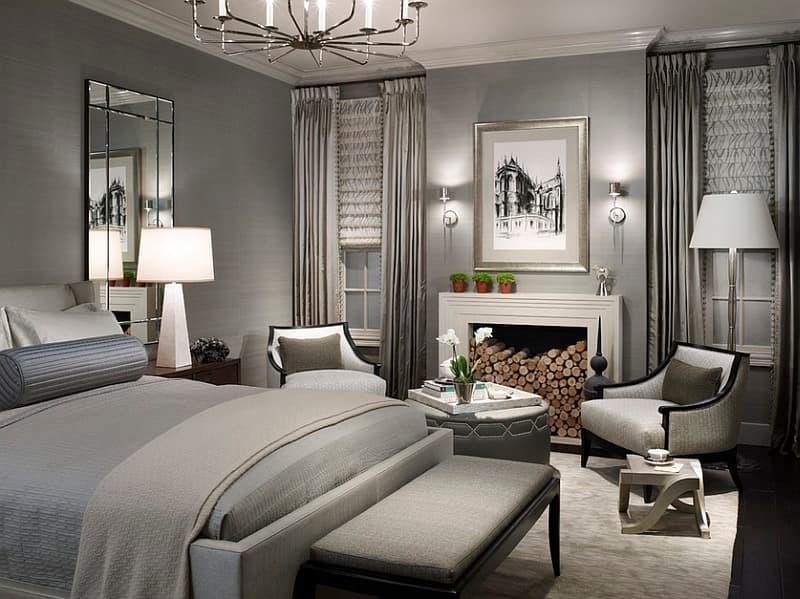
Tip 2 – Space Use | Choose perfect lighting for home
Before selecting lamps first identify how space will be used and what activities would be carried out to identify the type of lamps you need. For example, if you will use the space to read or study you will need a lamp to directly illuminate the work surface.
Tip 3 – Space Planning
It will be best to have a precise idea of how the furniture will be distributed in space. This way you can place the different lamps correctly and efficiently. For example, if you have a wall that will be the focal point of the dining room or the living room space you must consider placing spotlights or track lighting to illuminate that area and accentuate it.
Tip 4 – Functionality
When placing pendant lamps it’s important to consider that they don’t block the view or interface with the development of activities. If the lamp you are considering prevents the space’s optimal functionality consider another lamp or use it in a higher space.
Tip 5 – Try before Installing
Before investing in lamps identify how and what amount of light it projects, know the light effect of it. Especially when you going to buy a large amount. Before investing in these buy one or two and test how the light behaves in the space especially at night. If you understand that the light is adequate proceed to buy the amount you need to avoid unnecessary expenses.
We hope that our intention of helping you with choosing lighting for your home was successful. Shop among the best Interior Design and Home Furnishing products here. Follow Us on Instagram, Pinterest for more ideas.



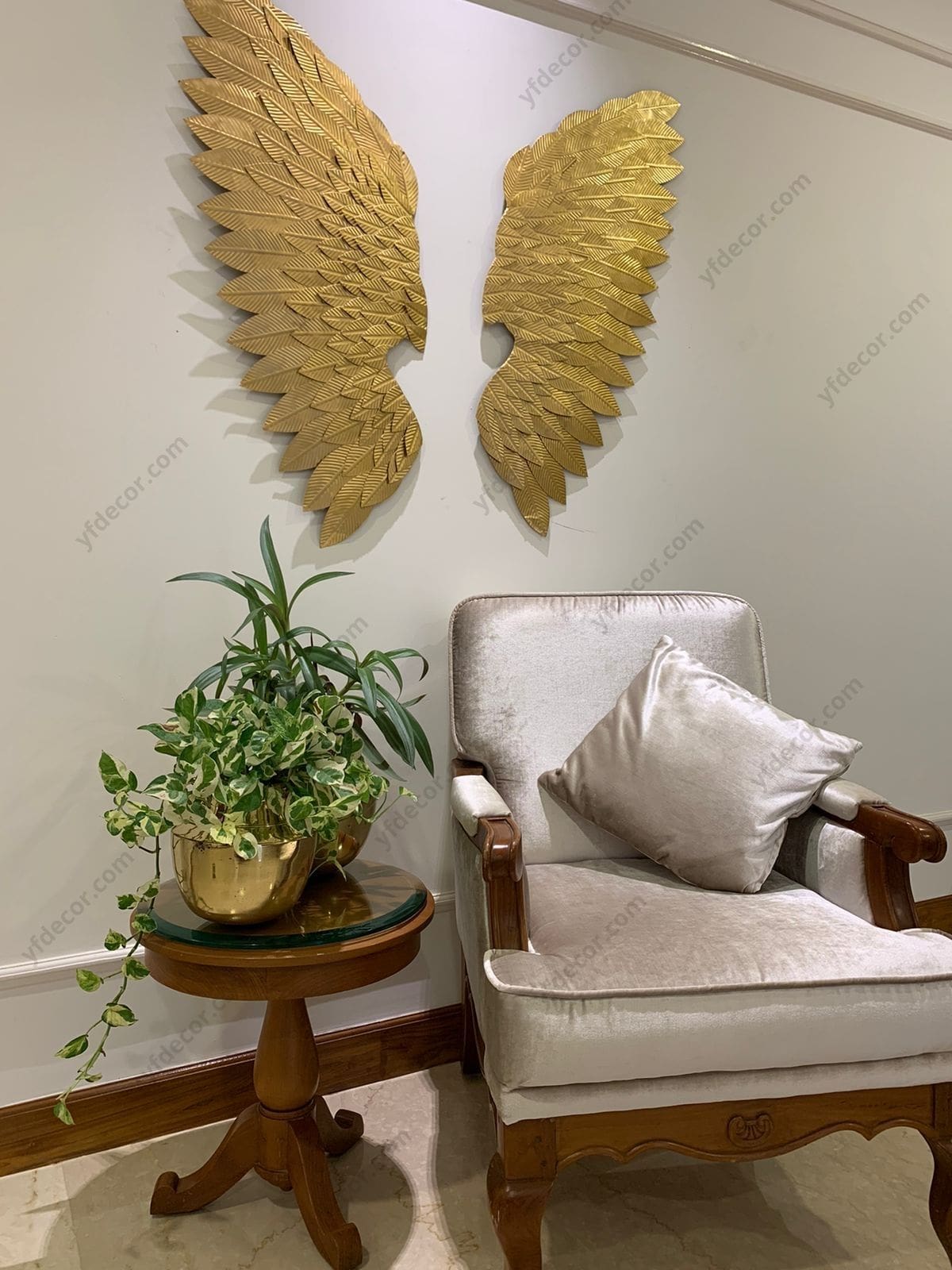
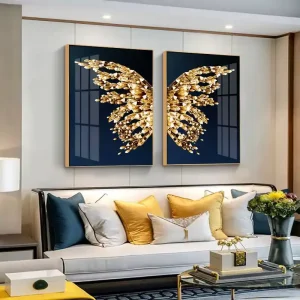
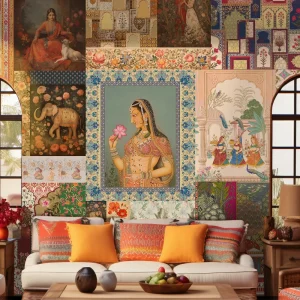
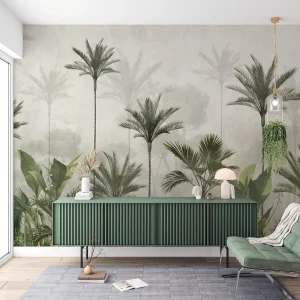

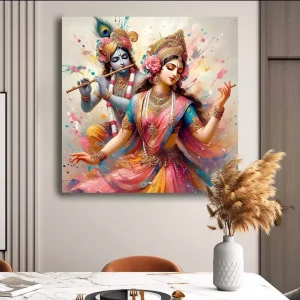


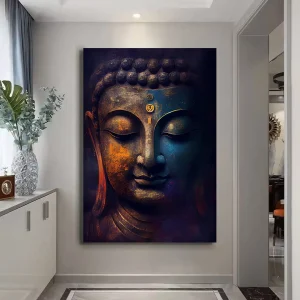

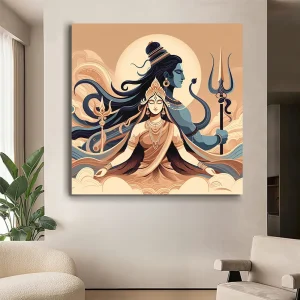

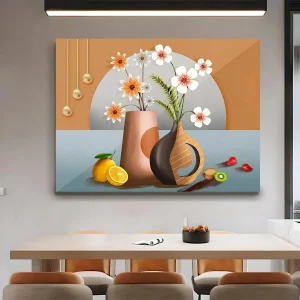
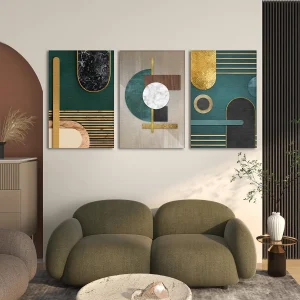


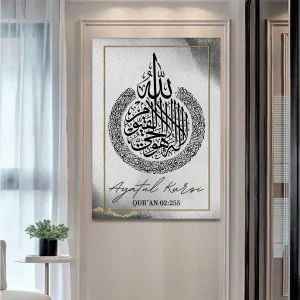



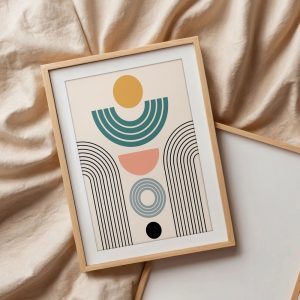
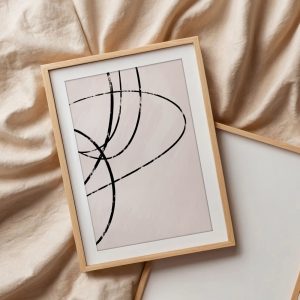





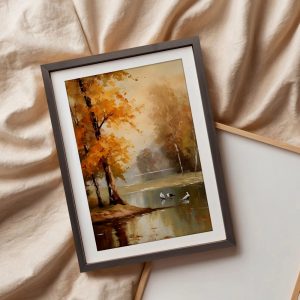


Best Selling Products
Shiva on Nandi Modern Painting
Enchanting Radha Krishna Painting
Glorious Shreenathji Pichwai Painting
Lotus Serenity Buddha Painting
Traditional Lotus Cow Pichwai Painting
Tree of Life with Cow Pichwai Painting
Gold & Blue Ginkgo Abstract Flower Painting
7 Running Horse Vastu Painting
Desert Storm Seven Running Horse Painting
Storms End 7 Horses Vastu Canvas Painting